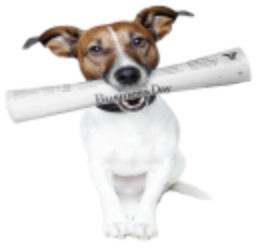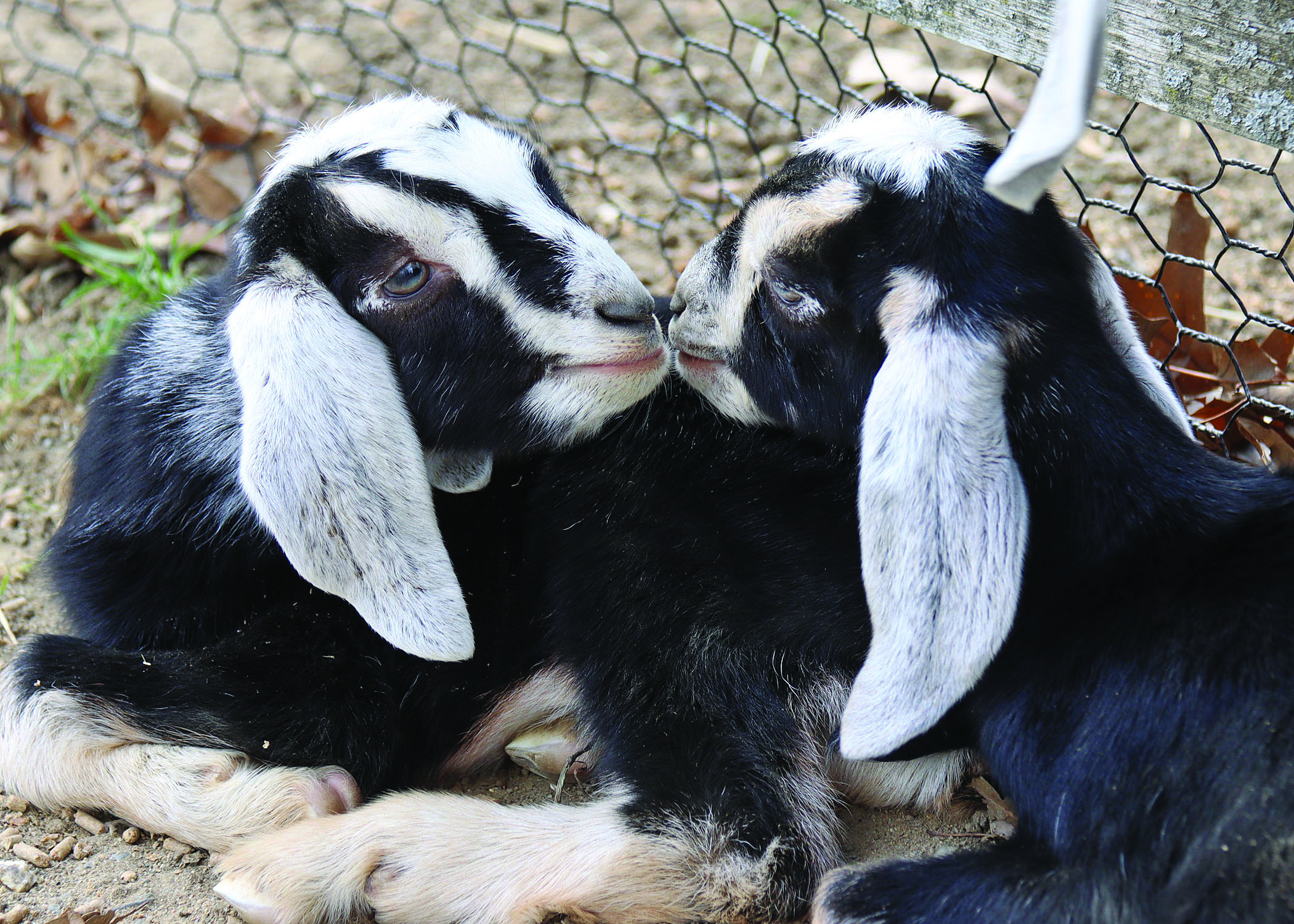By Kristen Levine, Reporter
With the recent birth of a litter of rare Ossabaw Island Hog piglets, Davis Farmland is continuing to aid in preserving unique lines of farm animal genetics and history. The farm hosts other rare animals such as four-horned Jacob sheep, Poitou donkeys and the Ice Age Exmoor pony breed.
“These animals are so much smarter than regular farm animals,” Farmland owner Larry Davis said. “They were able to survive for so many centuries.”
Davis has worked tirelessly to provide endangered animals with a safe, happy home to thrive in.
Despite their hardiness these animals are at risk of extinction, he said, because compared to contemporary breeds such as Holstein cows they yield less to farmers – “not enough milk, meat or wool.”
“Think of how difficult it is for farmers economically right now,” he said. “There’s a specialized market for milk and you won’t be able to make a living unless you use that type of animal. Farming has become very specific and not as broad. Certain animals were not making enough, so farmers went to the ones that were making enough money.”
This left historical breeds in flux. An animal that cannot keep up with production demand is not an animal that a farmer can afford to invest in.
To aid in the fight to preserve unique species like the Ossabaw Island Hog, Davis Farmland stepped up to the challenge with its breeding programs. However, the Farmland didn’t start out as a preserve and petting zoo.
“It goes way back; we’ve been doing it now for 30 years,” Davis said. “We actually started the program prior to building Davis Farmland as it is today … We just had a small collection of animals. We were in the dairy farm business and the barn caught fire … it was devastating at the time. Immediately after the fire, a good friend of ours donated four of his special cattle, Highland Cattle.”
The Highland cattle breed, a shaggy-furred and long-horned cow from the Scottish Highlands, helped get Davis Farmland rebuild from its losses.
“They were an endangered breed of farm animal,” Davis said. “One of the cows we had had a calf named Brooke; the cow was standing on a little hill and the baby popped out, rolled down the hill and into a brook. That’s how the endangered animal program started.”
Davis Farmland’s collection of historic breeds grew from there, though not without the difficulty of locating rare animals. Starting before the advent of the internet, collecting viable breeding pairs of animals took research and reaching out across the country; as Davis summarized, “for every 12 people contacted, one of those people would pull through to [get an animal].”
The new Davis Farmland facilities opened in 1996 and has gone on to become the largest collection of endangered farm animals in North America.
“At the time it was relatively unheard-of,” Davis said. “No one really knew about it; endangered farm animals, how cool can that be? But people came out and just fell in love with the animals — they go back to the Roman Empire and Biblical times. The Exmoor pony was wandering around with woolly mammoths.”
Though not as old as the Exmoor, the Ossabaw Island Hog has its own fascinating history. Originally introduced to Ossabaw Island in Georgia by Spanish explorers, the feral hogs evolved to become smaller through a process called dwarfism and became a breed unique to the island. Hardier than most pig breeds, Ossabaw Island Hogs adapted to seasonal changes in food availability to store fat differently in their bodies, able to tough out lean times longer. They also breed and produce large litters, averaging 12 to 14 piglets. Ossabaws are also notable for their intelligence and friendly dispositions, making them ideal additions to Davis Farmland.
“We ended up in the first year with two breeding pairs,” Davis said. “The first pair went to Mount Vernon, as they’re believed to be the closest pig to what President George Washington would have raised.”
Preservation at the Farmland is not the program’s only goal. They also work with the San Diego Zoo for their “frozen zoo” program, which takes samples of the endangered animals DNA and stores them in a library of genetics. These samples ensure that the unique animals will never be lost.
“Our eyes are open and looking for other opportunities,” he said. “It’s trying to stay ahead of the curve with what animals have the best genetics out there to preserve. It’s been kind of our mantra all along.”
COURTESY: Davis Farmland


